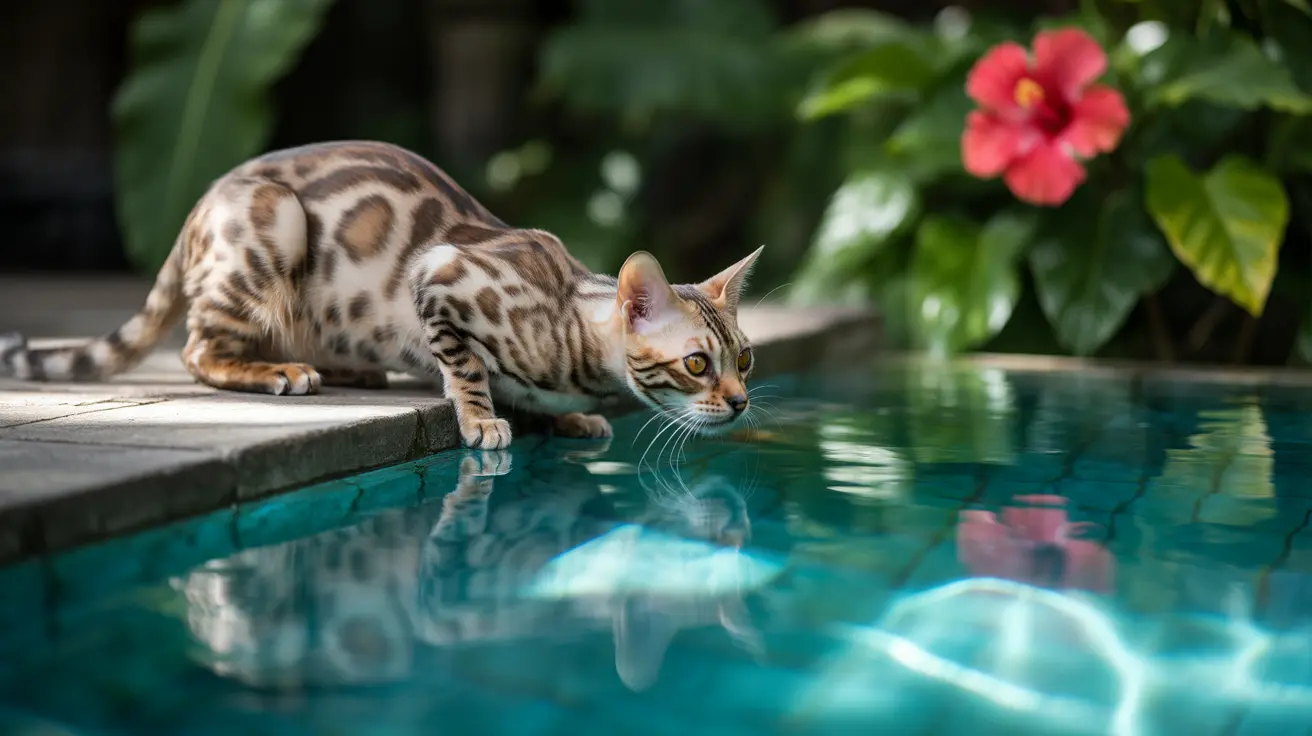Understanding Why Cats Have Long Whiskers
Cats are fascinating creatures, and one of their most distinctive features is their long, sensitive whiskers. If you've ever watched a cat explore a new space or stalk a toy, you'll notice how those whiskers seem to lead the way. But why are they so long, and what purpose do they serve?
The Anatomy of Cat Whiskers
Whiskers, also known as vibrissae, are much more than just facial hair. They're deeply embedded in a cat's body, connected to nerves and blood vessels that make them incredibly sensitive. These specialized hairs grow not only on the sides of a cat's nose but also above their eyes, on their chin, and even on the backs of their front legs.
Each whisker is rooted three times deeper than ordinary fur and is packed with nerve endings at its base. This design allows cats to pick up even the slightest changes in their environment.
Sensing the World: The Function of Whiskers
Cats rely on their whiskers for a variety of reasons:
- Spatial Awareness: Whiskers act like radar sensors, helping cats judge the width of openings and determine whether they can fit through tight spaces.
- Detecting Movement: Because they're so sensitive, whiskers can pick up subtle vibrations in the air caused by movement—handy for hunting prey or avoiding obstacles.
- Navigating in Darkness: When light is low or absent, cats use their whiskers to feel their way around by brushing against objects or sensing air currents.
This remarkable sensitivity means that cats can move confidently—even when they can't see clearly—because their whiskers provide real-time feedback about what's around them.
How Long Should Cat Whiskers Be?
The length of a cat's whiskers typically matches the width of its body. This isn't just a coincidence; it's an evolutionary adaptation that helps cats gauge whether they can squeeze through narrow gaps without getting stuck. If you watch a cat approaching an opening, you'll often see them pause and use their whiskers to "measure" before proceeding.
The Role of Whiskers in Communication
Cats also use their whiskers to communicate emotions. For example:
- Whiskers pushed forward may indicate curiosity or excitement.
- Whiskers flattened back against the face can signal fear or aggression.
This subtle body language helps other animals (and observant humans) interpret how a cat is feeling during interactions.
What Happens If Whiskers Are Damaged?
Because they're so important for navigation and perception, damaged or trimmed whiskers can disorient cats. They might become clumsy or hesitant until their whiskers regrow. It's essential never to cut a cat's whiskers—doing so deprives them of one of their most vital senses.
Other Uses for Whiskers
- Cats use leg whiskers (carpal vibrissae) when climbing or hunting to sense prey movements close to their paws.
This extra set of sensory tools gives them an edge as agile hunters and explorers.
A Summary of Key Points
- Cats' long whiskers help them sense objects and navigate spaces—even in darkness.
- The length matches the cat's body width for practical measurement purposes.
- Whisker position communicates mood and intent to others.
If you're lucky enough to share your home with a feline friend, take a moment to appreciate those impressive whiskers—they're much more than decoration!





